A Drug Treatment Court focuses on the alcohol and other drug use disorders that act as catalysts for crime. After entry of a guilty plea (in most cases) the offender is offered the opportunity to participate in substance abuse treatment instead of going to prison. Over 25 years of research has shown that Drug Treatment Courts not only reduce crime by as much as 35 per cent but cost less than traditional court processes as well.
The Drug Treatment Court judge is the head of a team consisting of the prosecutor, defence counsel, treatment providers, community corrections officer, coordinator and case manager. Some teams include police, housing specialists, mental health care professionals and others representing services the offender may need. Working in a non-adversarial context, every team member weighs in on recommended incentives, sanctions and treatment adjustments to respond to the participant’s compliance or non-compliance with the treatment plan. The judge makes the final decision and engages with the offender to increase his or her internal motivation to do well. This matrix forces all members of the team to step outside their traditional role, an uncomfortable situation for some. There are over 3,000 Drug Treatment Courts in the US and similar entities in over 20 countries.
Courts are guided by:
The 10 Key Components of Drug Courts
The Drug Court Judicial Bench Book
Adult Drug Court Best Practice Standards, Vol. I and Vol. II
